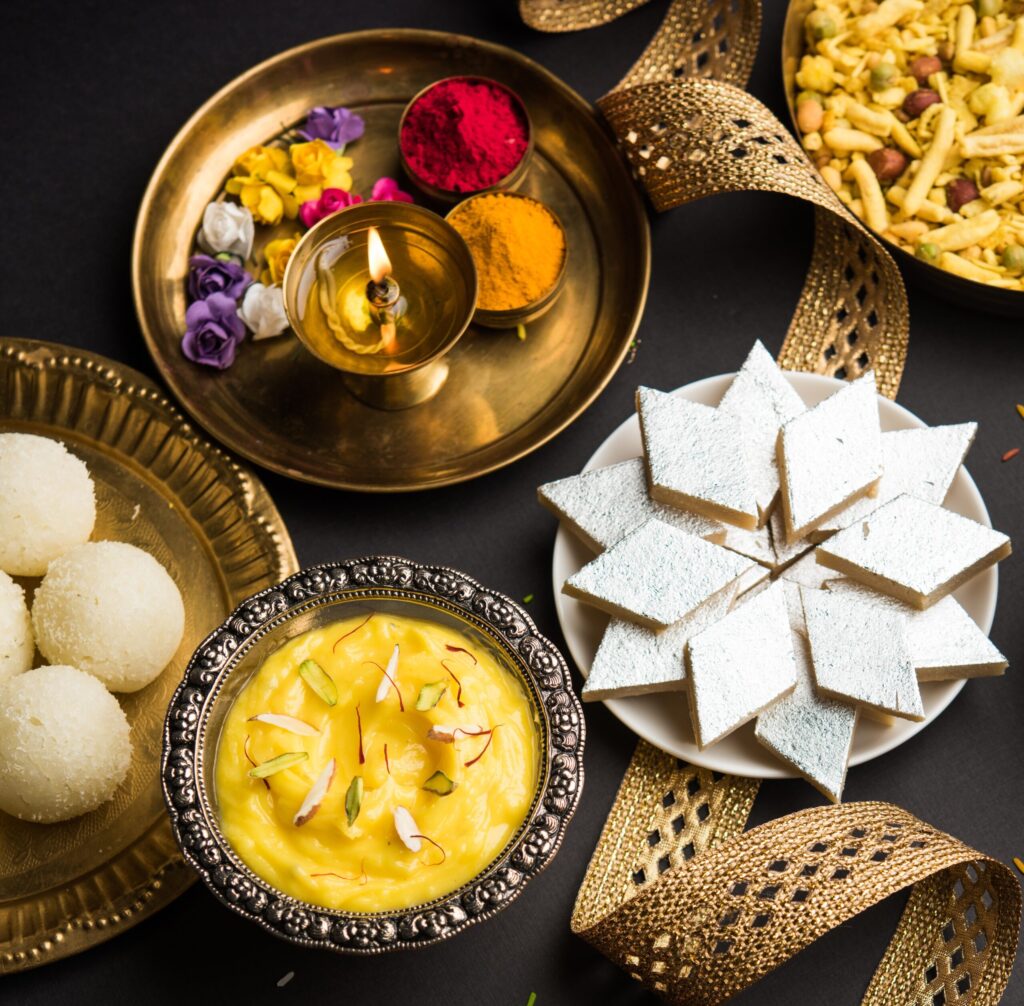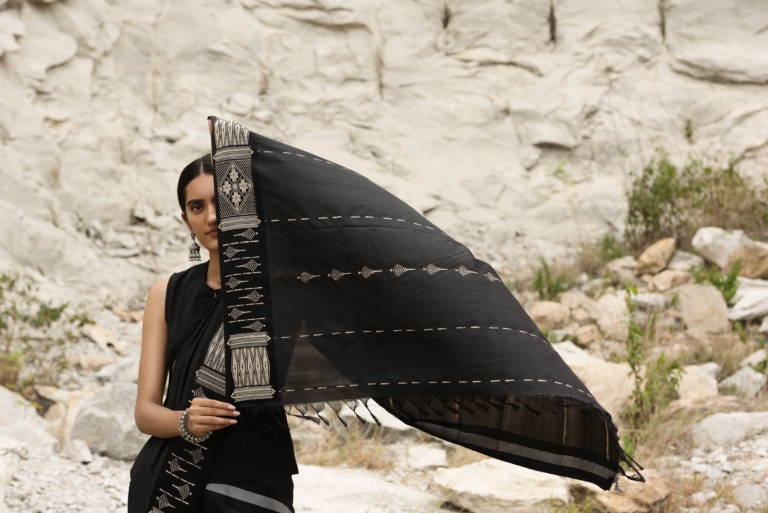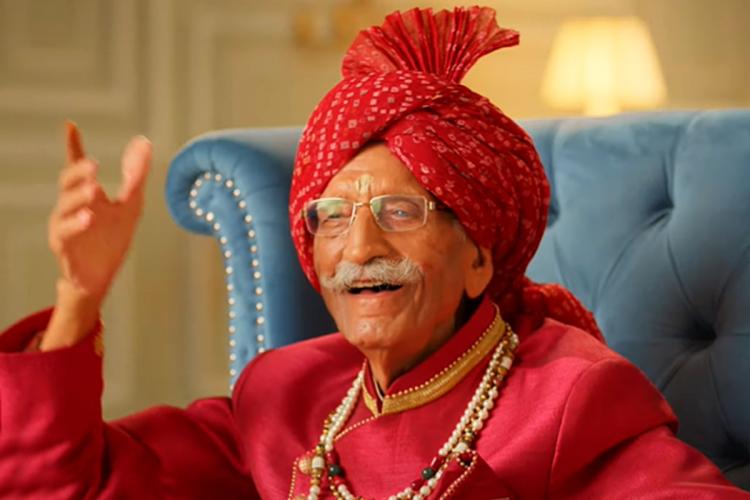“India has always been perceived as a Mithai country, but in the past 5 years, the big switch has finally happened. Fancy chocolate hampers on Diwali have replaced the Mithai Dabbas, and the younger generation is definitely even more sold on the idea of gifting chocolates to amongst their friends and peer groups, than the usual mithai…Lured by smaller, more affordable offerings, the rural hinterland and tier 2 and 3 cities—still dominated by traditional Indian sweets—are developing the taste for chocolates and heading fast towards the switch” (Source)
_____________________________________________________________________
Diwali is arguably India’s most celebrated festival. Among the many joys of Diwali that are impatiently anticipated are the very many traditional mithai sweets of India.
India’s traditional sweets are made from various combinations of milk, khoya, dry fruits, coconut, gram flour, paneer, sooji, vegetables, ghee, sugar, and other ingredients. They are also available in multiple colors, shapes and forms. And more often than not, purchased at a halwai’s, known locally by name in the community, typically a small, noisy, bustling, unattractive place located on a side street, smelling of sugar syrup, usually playing host to flies, with the proprietor sitting behind a counter collecting cash, with people collecting their sweets in small bags and departing with an air of relief.
Mithai Market
Most of India’s mithai is of the loose, unpackaged and unbranded variety. The branded, packaged mithai market is estimated to be about Rs 3500-4000 crore, less than 10% of the total mithai market. Typically, mithai hasn’t been imagined to be produced at an industrial scale or designed for long shelf lives, to be easily carried and consumed easily. The product packaging and branding are almost non-existent with distribution being a challenge. Lack of scale coupled with high costs of rentals and staff, ensure that traditional Indian sweet manufacturers remain small while operating in a competitive, low margin and fragmented market. They cannot afford to invest in marketing, branding, modern store layouts or gain distribution. They lack modern management, technology, processes, funding, understanding of changing customer preferences and marketing. Being closely held traditional family-owned businesses, they have been slow to change. On the other hand, the global chocolate and confectionery brands are investing heavily in product, packaging, distribution, pricing, branding and everything else given the enormous market opportunity of India and seeing upwards of 20% growth per year.
Entrepreneurial Thinking
If we want our mithais to not just survive but thrive, entrepreneurial thinking of the kind that sees the infusion of talent, capital, management process, innovation in product formulation & design, packaging, supply chains, marketing & branding and technology into our mithai enterprises is critical.
Hopefully, Diwali in the future will continue to be about mithai!





